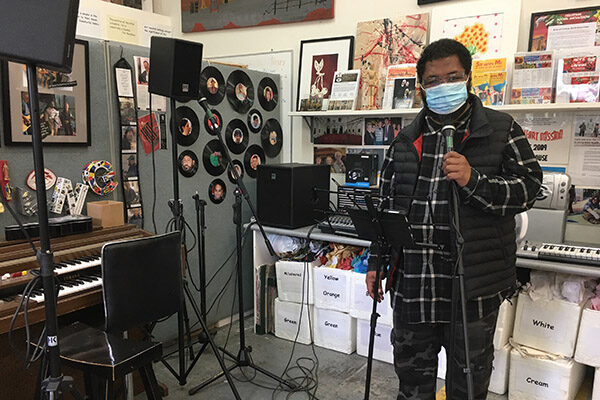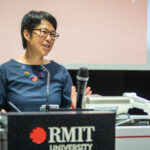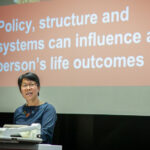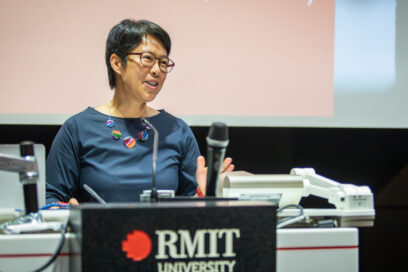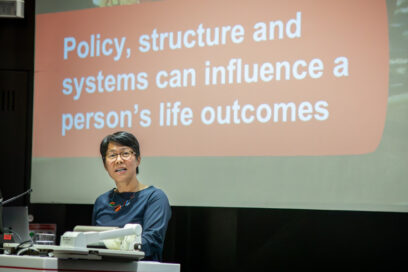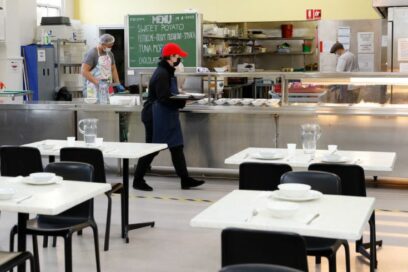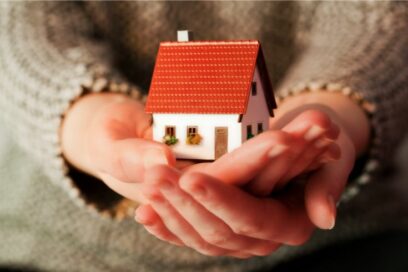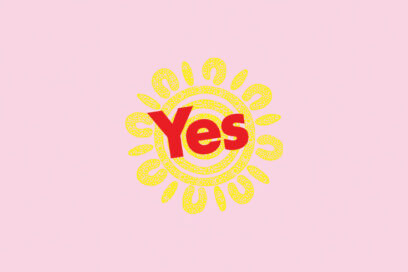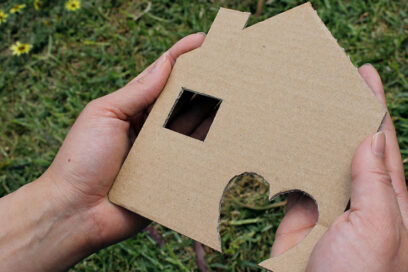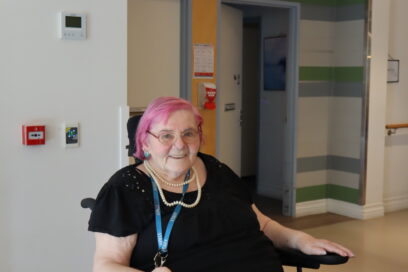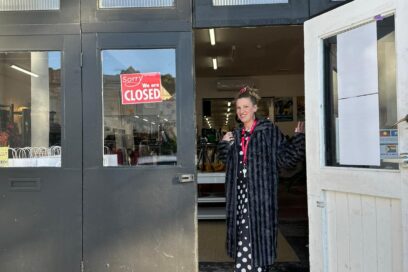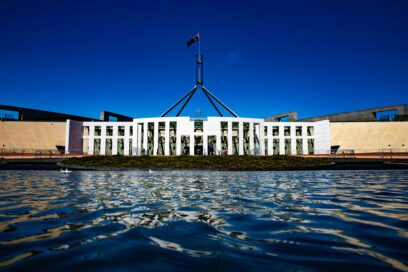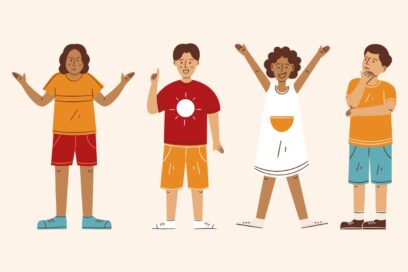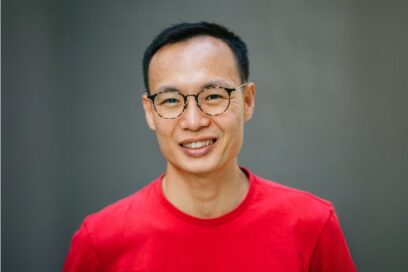As humans wired for connection, not only did COVID-19 rewrite the rules of engagement but also had a jarring effect on people experiencing homelessness or disadvantage confronted with yet another crisis, but their incredible resilience is seeing them through a global health pandemic.
Melburnians are readjusting to life on the outside after a lengthy, severe lockdown to curb the spread of the virus, and ardently hoping a third wave doesn’t occur.
Our residents at our Sacred Heart Community and Rooming House Plus Program , are also navigating the new COVID normal, where they’ve found it incredibly difficult not being able to join in group art, music, gardening or wellbeing activities, vital for their recovery.
However, an inner strength they’ve developed through a lived experience of homelessness is propelling them to find new ways to cope and connect with those around them.
We’re highlighting the need for robust inclusive and wellbeing practices to protect the most vulnerable, particularly during the coronavirus pandemic and recovery phase.
Forging connections in a fragmented COVID-19 world
After years of living on the streets and processing past trauma, our residents thrive from having a place of their own at Sacred Heart Community and Rooming House Plus.
COVID-19 has tested human resilience at its core: a quality our residents have in spades, as Katie Lockett, our Sacred Heart Community Lifestyle Coordinator explains.
“The remarkable thing is our residents, many of them have had harsh life experiences and lived through extreme circumstances, they are like a duck to water when dealing with these times,” Katie says.
“They’re not particularly phased by what’s going on but being restricted and not being able to access the community at all, such as walking or going to the shops, has really affected them; particularly the joy of making choices and decisions which they haven’t been able to do.
“But I’ve seen a beautiful unity, as we check in with the residents often and when the Premier Dan Andrews announces changes, we talk about what it means to them: they really appreciate the communication happening with us all and are absolutely resilient as the situation evolves.”
Gail Hart, our Rooming House Plus Social Inclusion Coordinator, explains peer group activities are critically important for our residents who are living with mental health issues, trauma and homelessness. They suddenly found they couldn’t have those kinds of interactions bar one-on-one meetings with her, which don’t have the same effect.
“Our art studio has been a form of therapy for our residents, where they loved coming together in a wider circle to communicate and discuss themes and what they want the community to know through their exhibition or other pieces, but they haven’t been able to do that,” Gail says.
“It’s difficult for our residents to generate the same energy or enthusiasm: they’re still specialising in paintings, textiles, pottery or sewing but they haven’t been able to look or talk to people beside them in any way and when they’re producing a painting to get over anger or other emotions – they’re not able to interact with the person beside them and gain that deeper meaning in their arts.
“Some of our other residents can’t understand why they haven’t been able to go to the gym and become frustrated because exercising is such a release for them, or they missed being part of a band and now have to practise singing or playing guitar by themselves. On many levels, it’s a big shift.
“We’ve been making sure they know we are there for them during this time: by continuing with art therapy and gardening on a smaller scale, as well as looking at passion maps to help them understand themselves, the layers of their past and ways to move through that, to support themselves. We also facilitate our residents to use Zoom to chat with friends or family, or to meet with their accountant or lawyer; but they’ve found it difficult not having these conversations face-to-face.”
Katie sees effectively closing its doors to community interaction over the past few months has had numerous impacts on both residents and staff.
“Outside connection is often very limited and select: our residents who’ve experienced trauma and homelessness have a few trusted people but they weren’t able to interact with them on a regular basis,” she says.
“When the pandemic hit, we’ve been helping the residents maintain a sense of community by navigating virtual connections with volunteers or loved ones because they couldn’t go to monthly concerts or have visitors and Father John wasn’t able to come in and do mass each Tuesday. My focus has been making sure everyone is doing okay.
“Our residents have appreciated the lovely letters and Skype calls from volunteers as well as artwork from primary school students; they returned the kindness by putting up little love heart messages on the gates to connect back as well as show their gratitude.”
Social inclusion: a winning solution for us all
Social inclusion underpins all of SHM’s services: we’re one of the first nonprofits to employ emotional support skilled professionals into our Sacred Heart Community residential care and received a Better Practice Award for our model from the Australian Aged Care Quality Agency in 2018.
“One of our Social Inclusion assistants Simon, opened a milk bar when our residents couldn’t go out to the supermarkets during the lockdown and it has been hugely successful with residents loving the simple interaction of buying lollies for themselves and each other; it’s a lovely exchange,” Katie adds.
“I’ve also been doing subtle mindfulness techniques with them, by starting a small game of bingo or I’ll leave the music running and get everyone in a circle and we breathe and tell each other what we’re grateful for during reflection time.
“We also have a hub called ‘The Hive’ which is open six days a week and a space where residents have been dropping in more to have a cup of tea while sharing how they’re feeling: there have been lots of one-on-ones with them and being present; letting them know ‘it’s okay to not be okay’ at this time. But also letting them know we’re always here for you.
“My greyhound ‘Hero’ comes in once a week alongside Jack, another colleague’s pet, and they visit the residents’ rooms, providing peace and comfort.”
Social inclusion is not only good for the soul but also the economy: people who’ve experienced chronic homelessness or disadvantage need access to stable jobs, technology, volunteering and other activities which prevent isolation and poor mental health and wellbeing.
Counting the costs of social exclusion
Social exclusion costs the Australian economy $45 billion each year and affects 6.7 million people, highlighting the need for strong inclusive policies in all tiers of society.
This includes the need for adequate social housing but also for the Federal Government to increase income supplements, such as JobSeeker and JobKeeper, to keep people out of poverty and active within their communities.
Or the results could be dire.
“The alternative would be many people would be completely isolated with nowhere to go and it would be terrifying, especially at this time,” Katie says.
“We provide bricks, mortar, emotional support, heart and community, where our residents have a beautiful, safe, home for life even when the world is uncertain around them.”
In a socially inclusive world: everyone benefits
“When people come to us, our goal is to help improve their mental and physical health as well as their social inclusion, and connect them with the mainstream Melbourne community, through education, sports and music,” Gail adds.
“Our long-term approach works: people have moved on after living at Rooming House Plus a long time and gone to school, training at university or secured jobs, which they’ve been able to do with appropriate housing and support.”

